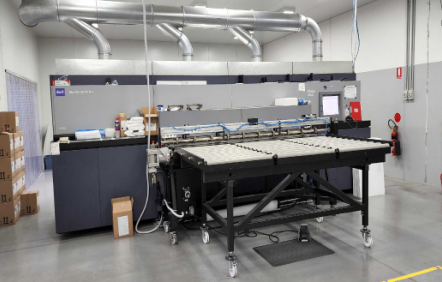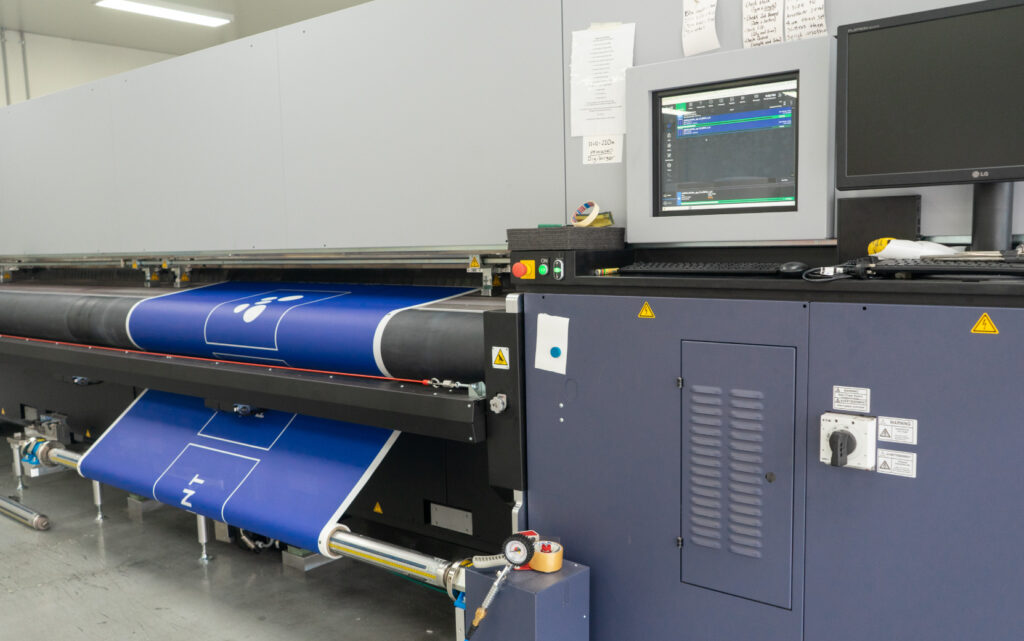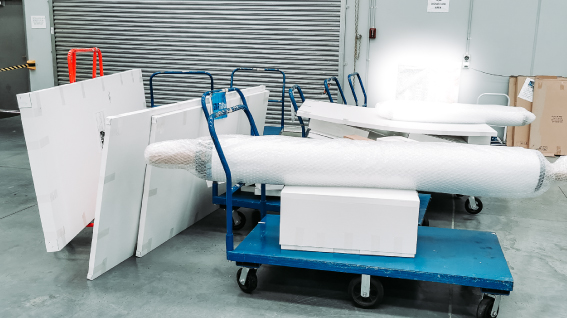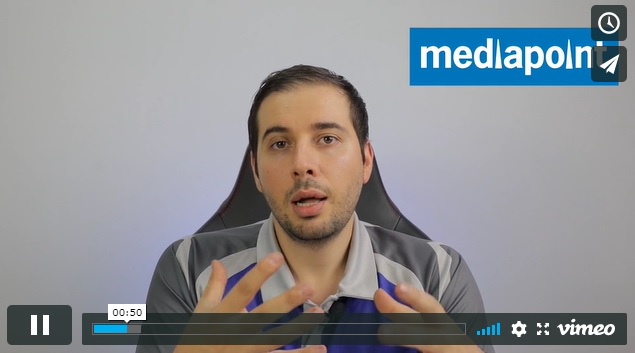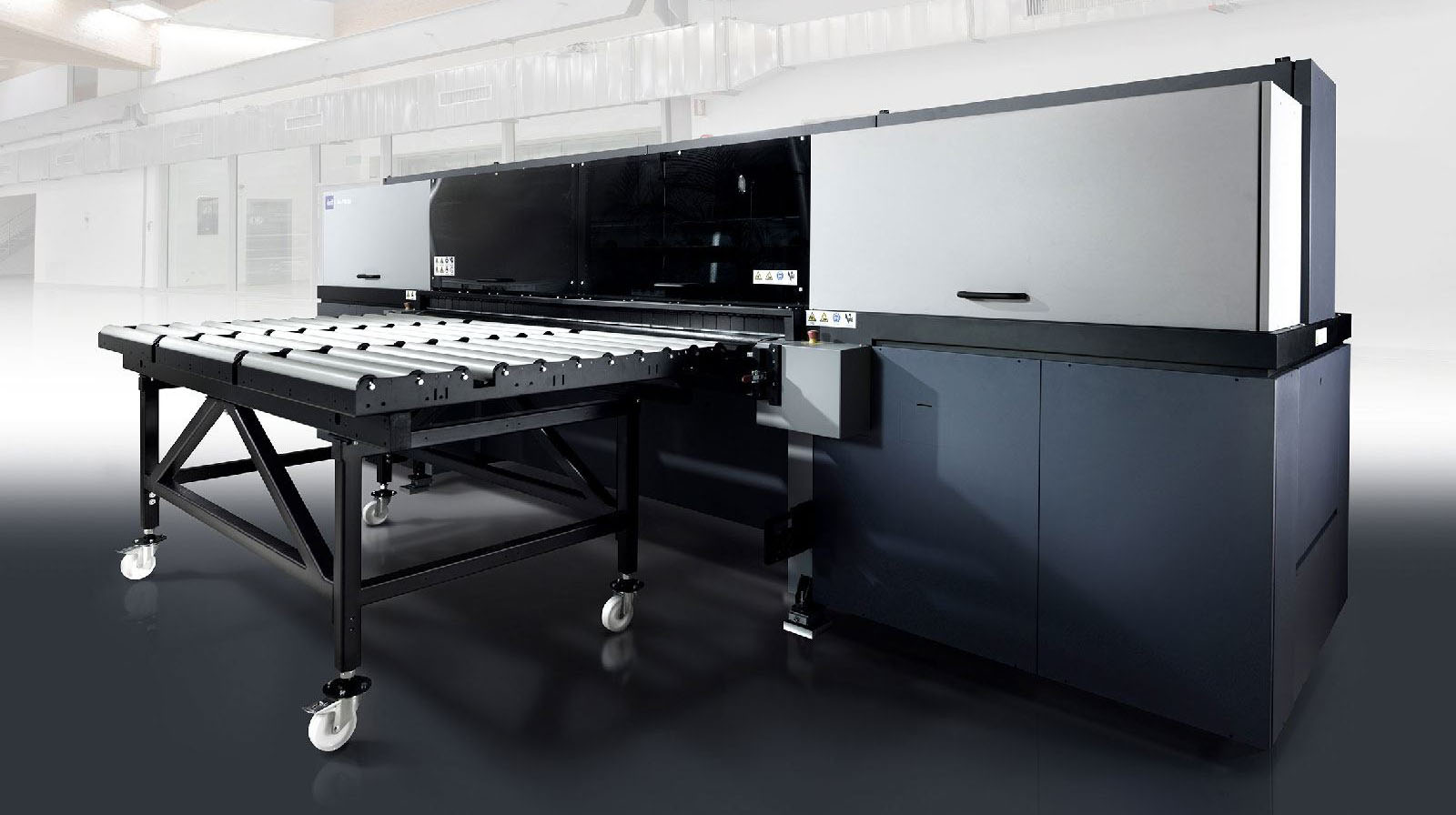We discuss why evaluating a trade printer, whether you’ve already got one or if you’re just starting to explore the trade printing option, can save you administrative headaches and money. Here we discuss the key ways resellers can evaluate their trade printer to make sure they are getting the best deal.
Evaluating a Trade Printer 101: Are they a good match?
The first thing to ask is, of course, ‘is this trade printer right for me?’ And the answer usually depends on two things: your size and your systems.
If you’re only outsourcing a few jobs a month, or relying on a trade printer on an ad-hoc basis it’s highly likely that you’ll want (and need) a trade printer with a solid front end and the ability to service micro-orders without hassle. By that we mean the ability to provide dedicated, bespoke customer service. This could be a service phone line or live chat, support with artwork correction, perhaps even a dedicated account manager. Whilst this may be useful to you, it also means sacrificing margin. You may even want to consider whether outsourcing is right in the first place, or if you’re better off handling these jobs in-house.
If you are a high volume print reseller or print broker you should be looking for a trade printer that matches your size. Look for partners that have Lean processes: automated quoting / ordering capabilities, routine cutoff times, continuous availability of standard or high-demand products. The trade-off for dedicated personal service here is greater margins, quicker turnaround, and less administration. If you (and your team) have the ability to get jobs print-ready, why pay for services you don’t require?
Shipping process should also be a factor in your evaluation. Where the printer is shipping from and how they are shipping can greatly change costs and timelines. The shipping options available from a wholesale printer may vary by the product you are ordering, the volume and your lead-time requirements.
These are the fundamental tradeoffs that you need to take into account when evaluating a trade printer. In all cases however, pricing will play a major role.
Do You Know The Pricing Model?
As mentioned above, there is a multitude of different trade printing offerings, each with their own specialisation. Even the definition of ‘trade printing’ changes depending on who you ask!
A top tip to get a real sense of where a wholesale printer’s ‘strike zone’ is, is by how pricing changes based on the quantities you are ordering. This combined with any information on lead times can help determine if the wholesale printer is best set up for volume or micro-orders. The longer the lead time the more likely it is that the printer relies on high-volume batch process.
When evaluating a trade printer you need to decide whether these lead times and their pricing work for you, or if you need to shop around. If you’re consistently having to work to meet lead times, or you aren’t benefiting from a discount on the quantity you are ordering – perhaps it’s best to look elsewhere.
The Proof is in the Print Mode
A significant factor in evaluating any printer is the actual printing that they do. You want consistency and so do your clients. There’s nothing worse than under-delivering on your customer’s expectations (particularly if they’ve ordered something similar previously).
This means looking for an organisation that maintains the same print mode to produce consistent quality each and every run. You can get a feel for any deviation by inspecting multiple batches of similar / repeat orders and comparing the items. If you’re noticing abnormalities like banding or a lack of matching colour, there may be reason to believe that different modes have been used.
Finally – don’t be afraid to go ahead and ask the question when enquiring/ Does the printer run only one ‘go-to’ mode when printing? Or does this change depending on the artwork supplied, or even the volume?
At Mediapoint we can answer that, easily. With each piece of equipment our team identify and lock down one mode for our printing to ensure clients get the right balance of speed, quality and consistency when ordering.
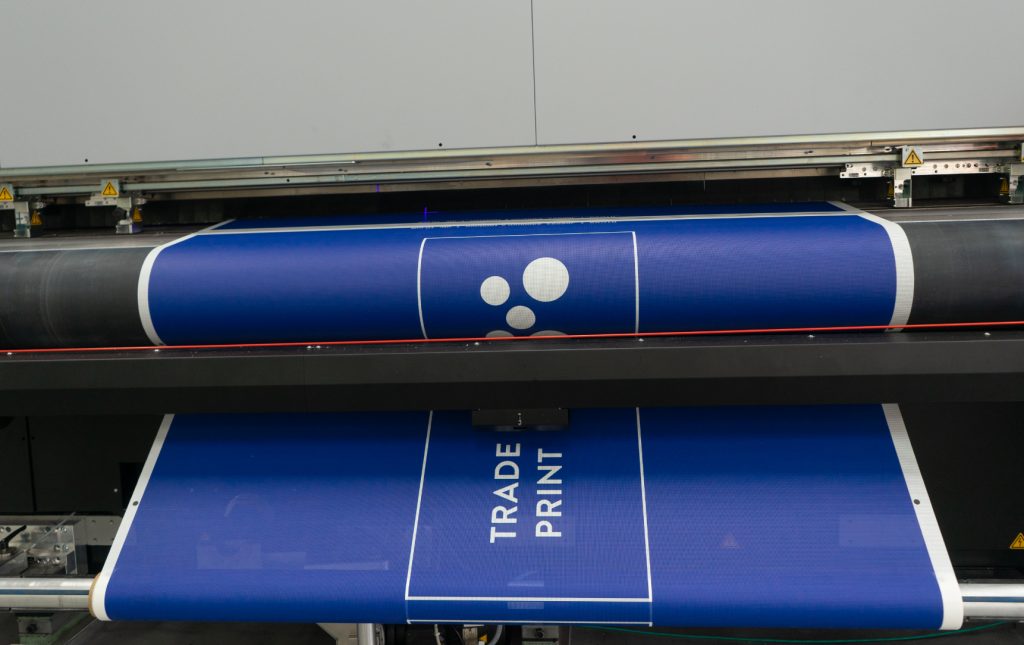
Our Definition Of Trade-Only Printing
Trade printing is a service where you outsource your printing to another supplier who then produces the work on your behalf. This leaves you with greater equipment availability for priority, short-run or custom jobs. You can utilise to focus on growing your business and offering bespoke sevices. A quality trade printer (also known as a Wholesale Printer) will deal only with you – not your customer – allowing you to focus on growing relationships and your customer base, without the financial outlay for new equipment.
If you’re looking for a print partner for products such as mesh banners, corrugated plastic boards, stickers and posters, then feel free to register on our pricing page.

